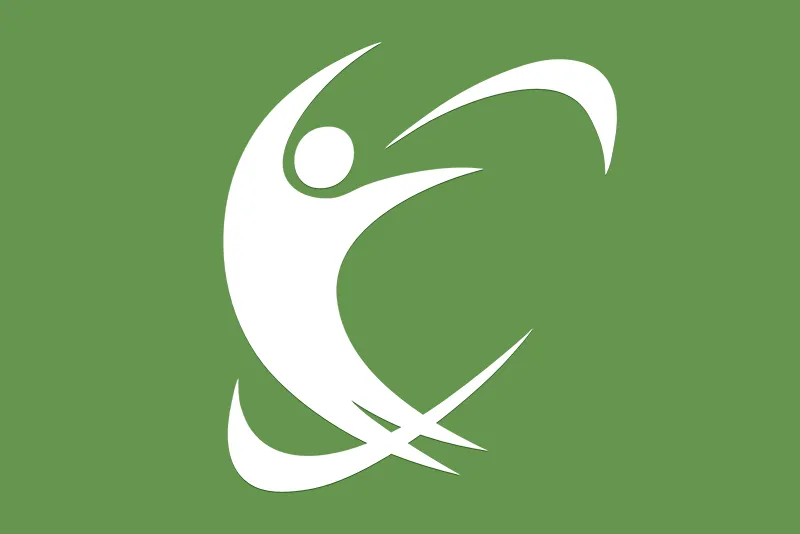We never want to see our children in pain or sitting on the sidelines when they could be actively involved in a sport. Many are surprised that there is an affliction of the knee that keeps one in every five adolescent athletes on the sidelines for varying amounts of time. Having an understanding of this nagging injury can be helpful in preventing either the occurrence or the severity of the problem. The condition, which often causes a painful lump below the knee cap where the patella tendon attaches to the shin, is called Osgood Schlatter Syndrome.
Osgood Schlatter Syndrome has historically affected boys more than girls, but the occurrence in girls has risen steadily with their increased participation in sports. Boys usually experience the symptoms between the ages of 13 and 14 and girls typically experience the pain earlier at ages 11 to 12. Children who participate in sports that require them to run, jump, or repeatedly pivot their legs are at higher risk. When the problem occurs it is usually sporadic, generally related to quad dependent sports (soccer, basketball, etc), difficult to resolve and may last until the bone stops growing.
To understand the cause of Osgood Schlatter Syndrome, we need to examine how our bones grow. All long bones in the body have growth plates, known as epiphyses (from the word physis, to grow). These plates, as the name implies, are where growth occurs. The shin bone has a growth plate near the top; fairly close to where the patella tendon attaches into the natural boney lump (tibial tuberosity) at the top of the shin. In adults, the tendon is the weak link and we tend to develop tendinitis. Children, however, have the physis as the weakest link. During adolescents and especially during periods of growth, the boney lump can become inflamed, painful, and more prominent. Athletes, along with having difficulty within their sports, will often be unable to kneel due to pain. The intensity of the pain varies from person to person. Some may only have pain when they are running or jumping. Others may experience a more constant pain that makes even regular walking difficult. Also, athletes who suffer from Osgood Schlatter Syndrome will have significant muscle tightness.
The diagnosis of Osgood Schlatter Syndrome is often reached after a thorough physical and radiographic examination. X-rays often reveal hypertrophic or increased bone formation at the top of the shin where the patella tendon attaches. Frequently, a small bone chip, or “ossicle”, is present at the attachment site of the tendon. Treatment can take the form of:
- Rest- Athletes with Osgood Schlatter Syndrome should rest and avoid the activities that have triggered the pain in the past.
- Ice- Ice has a powerful anti-inflammatory benefit. Make sure that the skin is protected from direct contact with the ice to prevent further injury. Apply for 20 minutes at a time as tolerated.
- Medications- Over the counter pain medications that have an anti-inflammatory benefit like Advil, Motrin or Aleve are often beneficial, although long term use of these is not recommended without physician intervention.
- Physical Therapy- Exercises to improve flexibility in the hip, knee and ankle are also beneficial.
- Managing Pain- If it hurts; do not try to work through the pain. Recognize that the pain and discomfort are indicators to modify or discontinue an activity.
- Protecting the Knee- It is sometimes helpful to wear a pad over the knee to prevent further irritation of the knee.
- Cross Training- To maintain conditioning during the recovery process, it is preferable to try alternative activities that do not increase the symptoms. Swimming or bicycling are acceptable and lower demand exercises that can be better tolerated.
In the vast majority of cases of Osgood Schlatter Syndrome, surgery is not indicated. Also, to avoid the potential for damage to the growth plates, surgery is typically not done on adolescents who are still growing. But there are circumstances when surgery is recommended. For example, bone fragments resulting from Osgood Schlatter Syndrome can be a persistent irritant. I like to use an arthroscopic technique that allows the removal of these bone fragments without creating a scar or significant point tenderness directly over the tibial tuberosity. Such a technique allows athletes to return to their sport more rapidly and to tolerate a kneeling position without significant discomfort.
To learn more about Osgood Schlatter Syndrome, I invite you to visit our website at www.agilitydoctor.com. There one can listen to a Podcast on the subject, or explore further through the links within the website. Also, there is a specific educational sheet available on the website with additional information.
